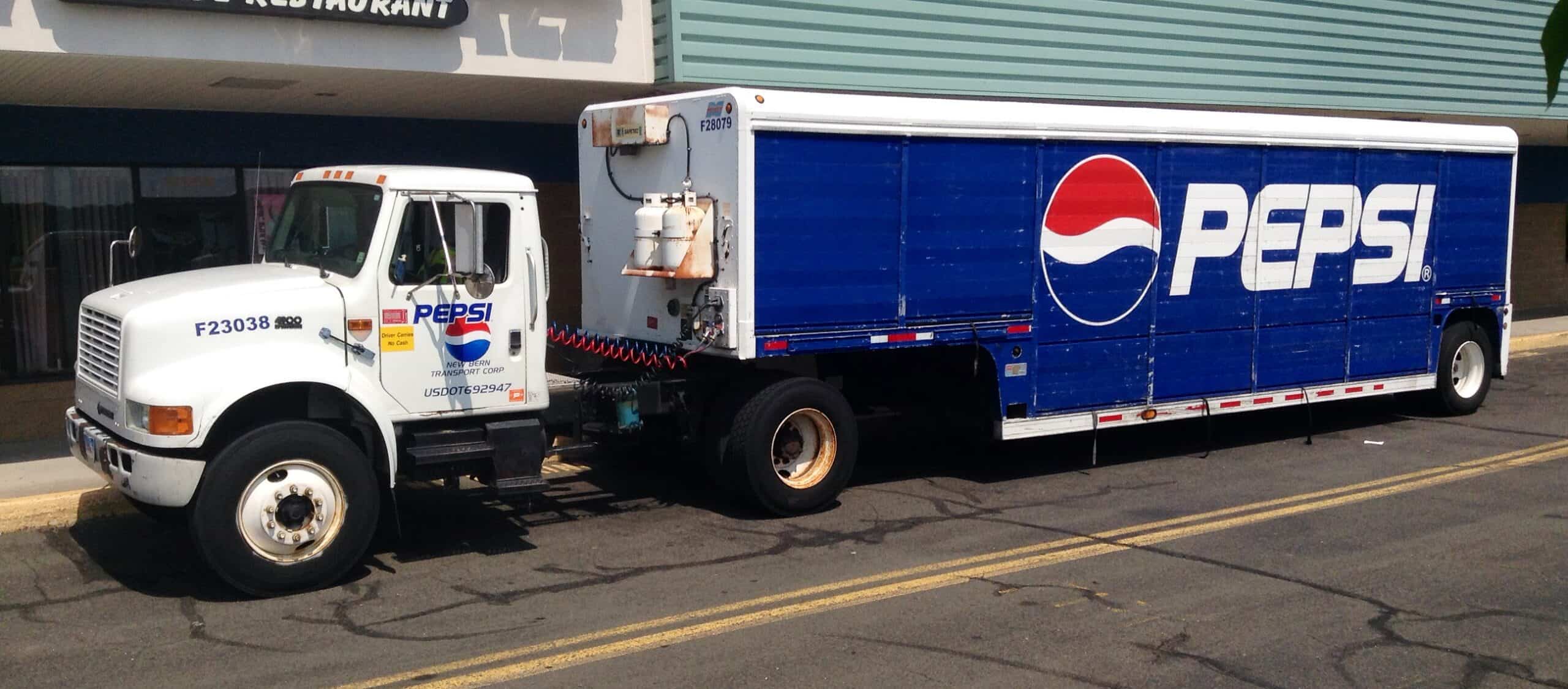As shocking as it might be to learn, there was a short period that Pepsi had the sixth largest naval fleet. Yes, that Pepsi. While this might seem like an April Fool’s joke, we can assure you it’s not a joke. The soft drink company’s quest for global domination helped it acquire part of a Soviet fleet in exchange for getting into the Soviet Union. Let’s jump right into how a soft drink brand became a naval power, at least for a few months.
The Story Begins
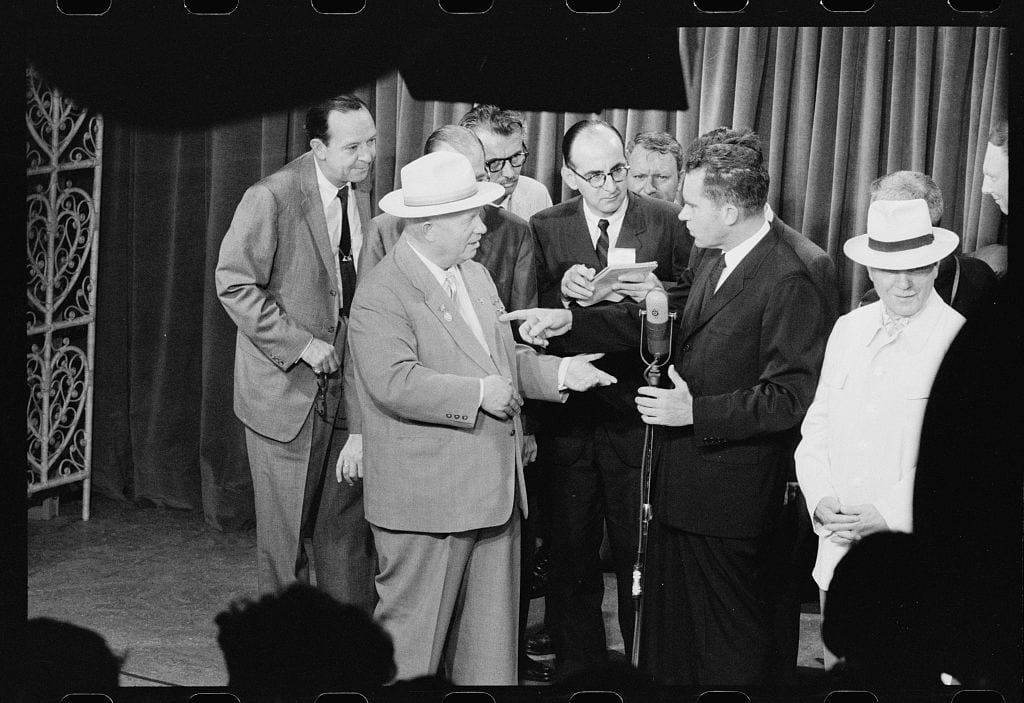
©O'Halloran, Thomas J., photographer / Library of Congress - Original / License
The origins of Pepsi’s naval fleet purchase started in 1959. It was in this year when then Vice President Richard Nixon and Soviet leader Nikita Kruschev were locked in a “Kitchen Debate.” This “debate” was more of a rapid-fire discussion debating the merits of both capitalism and communism. To help cool things down, soft drink company International Division President, Donald Kendall told Nixon to offer Khruschev a Pepsi.
Khrushchev Loved Pepsi
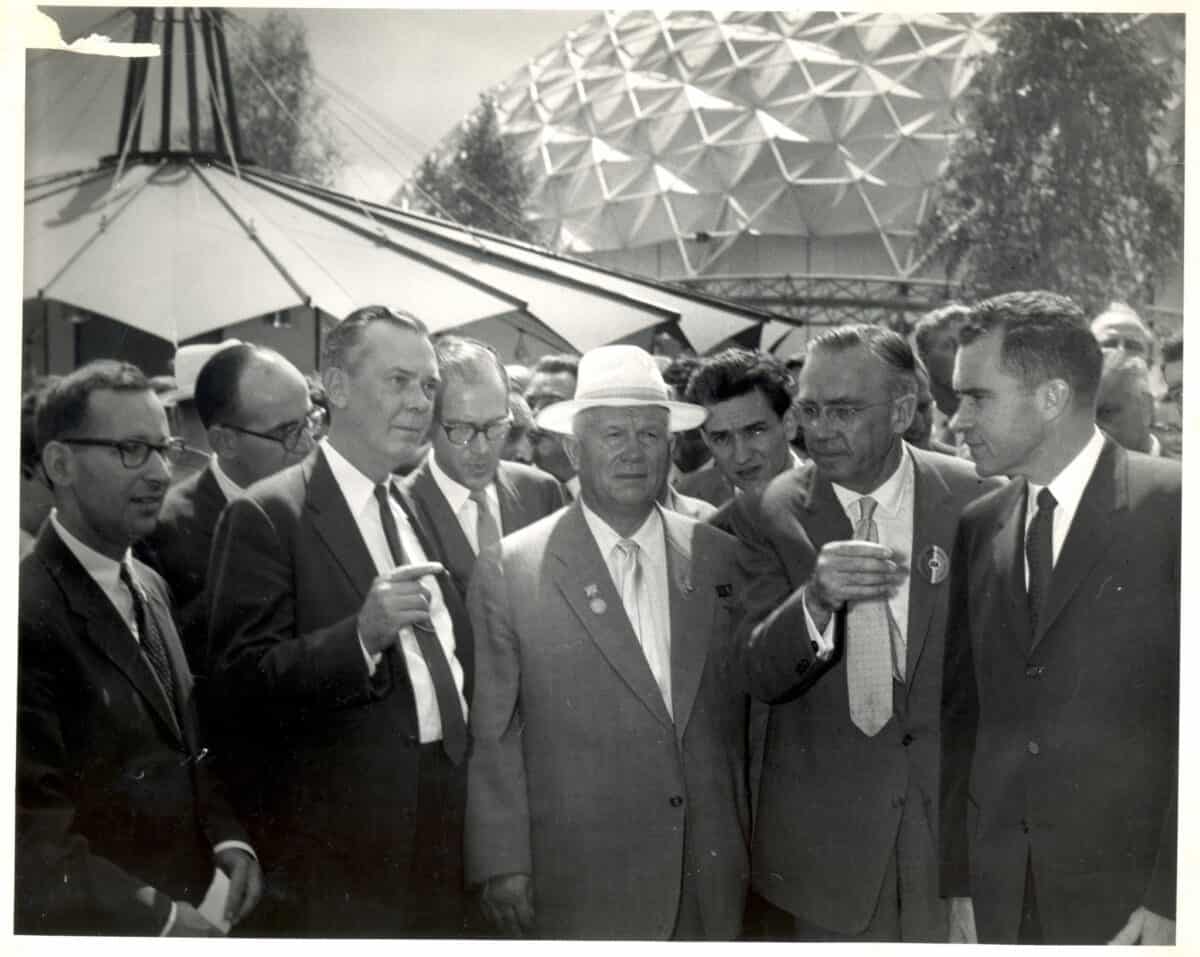
©IIP Photo Archive / Creative Commons Attribution 2.0 Generic license - Original / License
The American National Exhibition hoped to show the American way of life. The U.S. invited brands like Kodak, Pepsi, and General Electric to convince the Soviet people that peace was more desirable than war. Kendall wanted to show that his company’s participation wasn’t a waste of money as other executives thought.
So he convinced Nixon to guide Khruschev to the Pepsi booth. By all accounts, the Soviet leader enjoyed the drink so much he urged his comrades to taste it as well. First-hand reports indicate Khruschev said something along the lines of, “This is very refreshing.”
Pepsi Enters Soviet Union
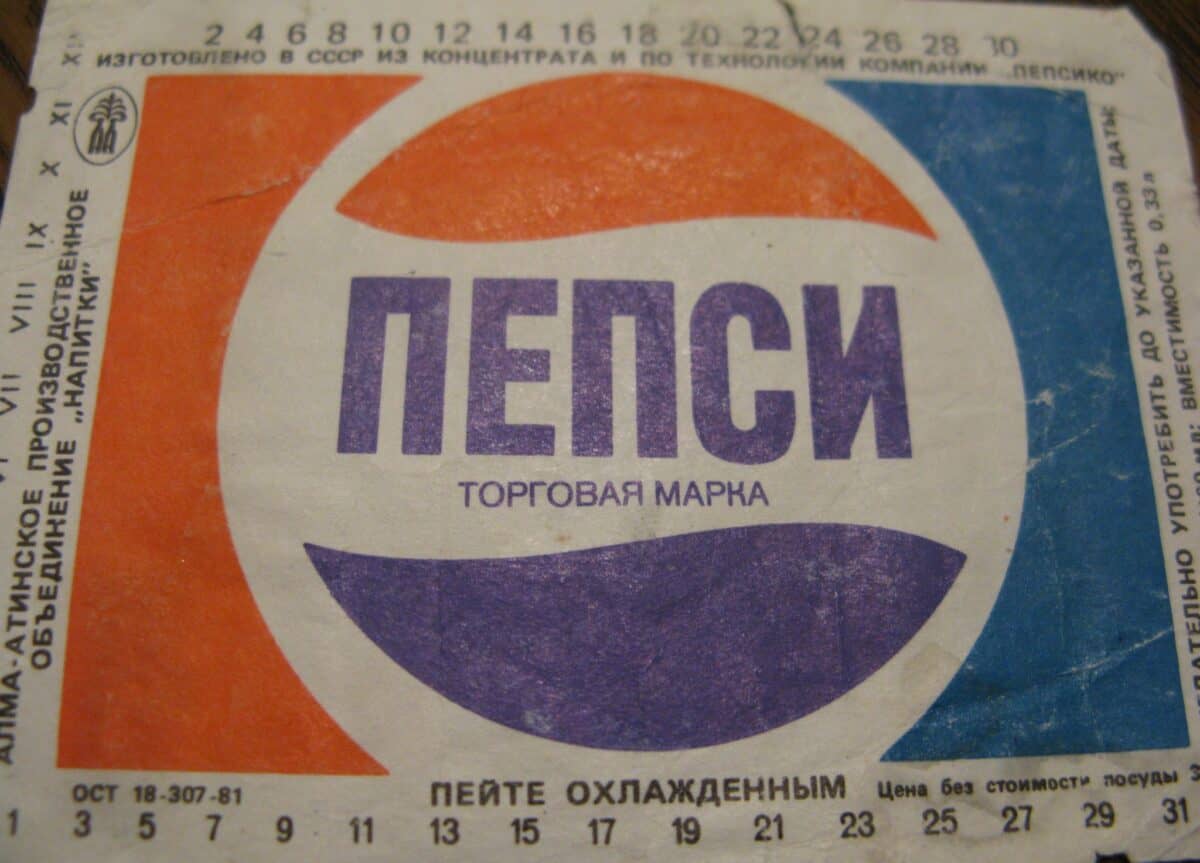
Even with Khruschev enjoying the drink, world politics still got in the way of Pepsi selling to the Soviet people. At least until 1972, when it became the first foreign consumer product to be sold in the USSR. However, Pepsi’s success in entering the Soviet market introduced a new issue. The Soviet economy ran on rubles, which at the time had no value outside of Russia.
Pepsi for Vodka

©C Watts / Creative Commons Attribution 2.0 Generic license - Original / License
To circumvent payment issues, Pepsi and the Soviets worked and found a solution. Instead of being paid in rubles, it would receive payment in the form of Stolichnaya vodka. Pepsi could, in turn, resell this vodka in the U.S. and other countries where it could recoup its money in more common currency formats. This was also a win for Stolichnaya as it gained access to new markets.
Vodka Sales

©Miguel Tamayo Fotografia/Shutterstock.com
For a while, Pepsi was making good on its Stolichnaya deal with the Soviets. In 1973, the vodka drink was only selling around 30,000 cases annually in the U.S. By the end of 1978, this number had jumped to 200,000 in annual bottle sales. Fast forward another two years and Stolichnaya sales climbed to over 1 million cases per year. This was enough volume to make it the second most popular vodka in America.
Pepsi Deal Expiration
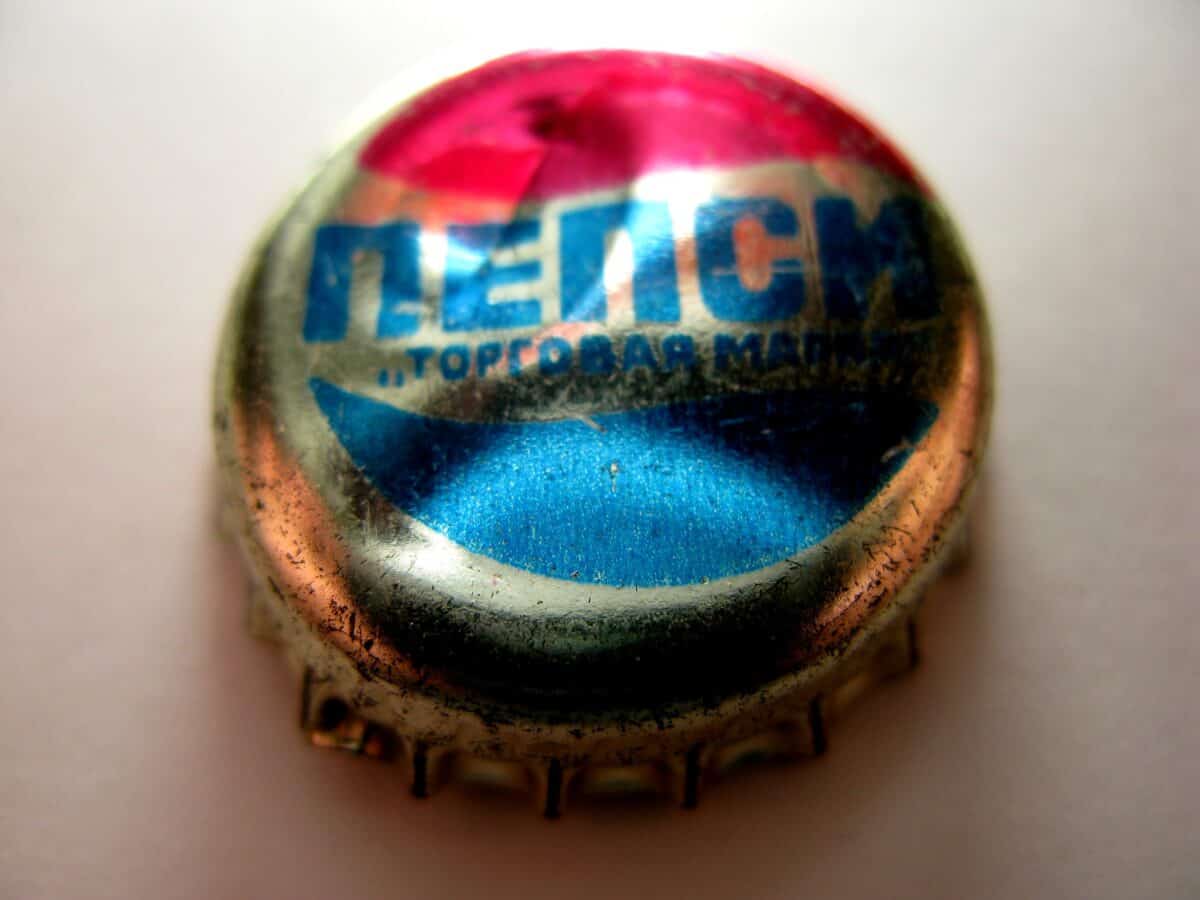
At this point in the story, Pepsi learns the Soviet people were downing its drinks far faster than they could sell the vodka. The result is that it was starting to discover they regularly had a vodka surplus they could not sell and were losing money with Pepsi sold in the Soviet Union. At the same time, it knew its existing deal with the Soviets was coming due and new talks would have to kick off.
Bad Storms Rising
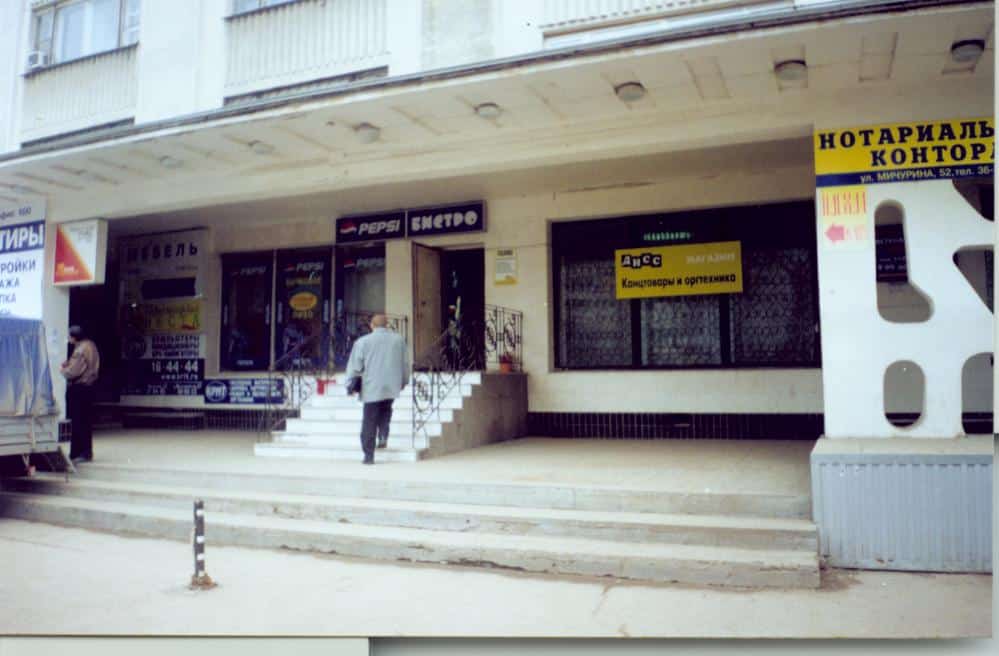
©kortunov / Creative Commons Attribution 2.0 Generic license - Original / License
As the Soviets were not ready to give up on one of their favorite drinks, they had to propose something radical. With over 16 bottling plants in the USSR, the current Soviet leader, Mikhail Gorbachev, wanted the relationship with Pepsi to continue.
However, the Soviet invasion of Afghanistan led to a U.S. sanction on Soviet products, including vodka. This meant that Pepsi could no longer sell Stolichnaya in the U.S.
Enter the Soviet Navy
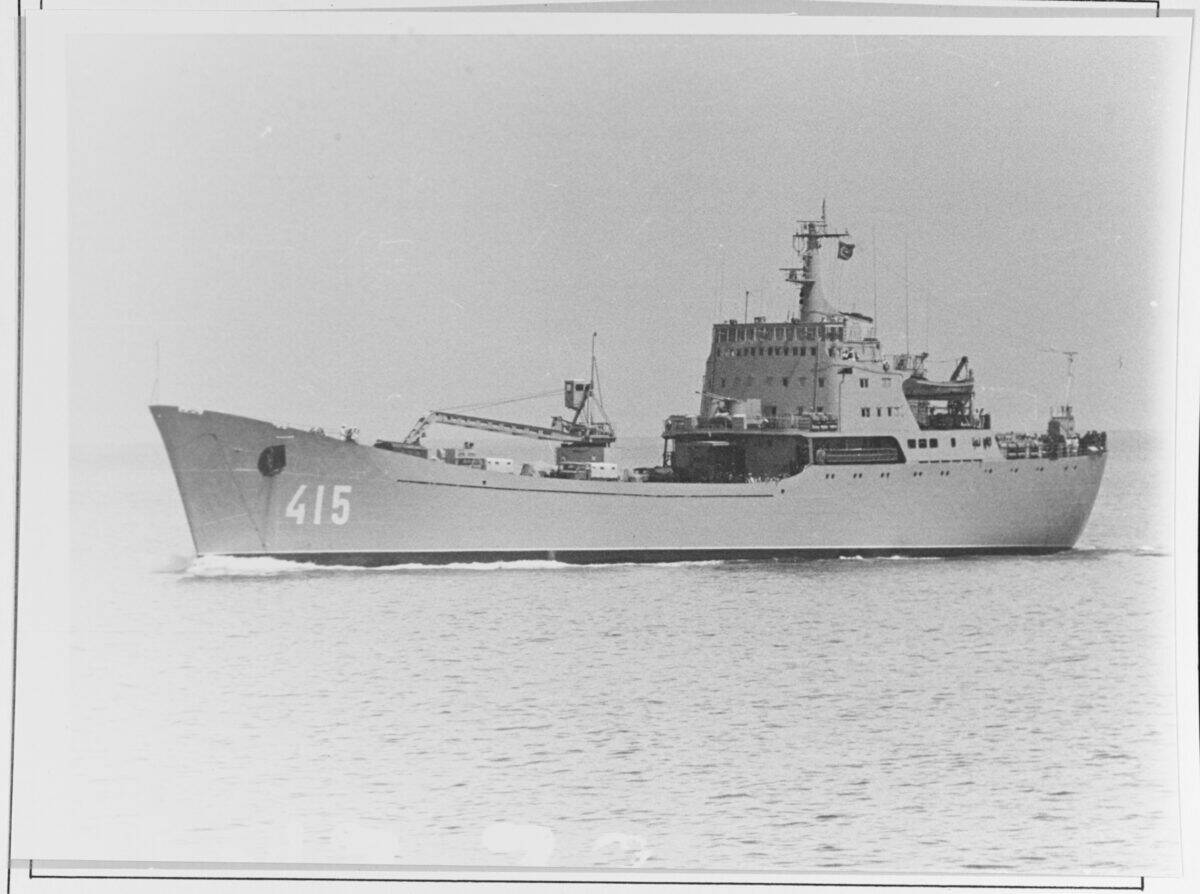
When Pepsi CEO Donald Kendall flew to meet with Soviet officials, he asked for $3 billion to keep the drinks flowing. Unfortunately, the Soviets didn’t have this amount available in currency that could be exchanged for the soft drink. Instead, Soviet officials offered something else to Kendall in the form of a fleet of Naval vessels they were no longer able to maintain.
Pepsi Has a Fleet
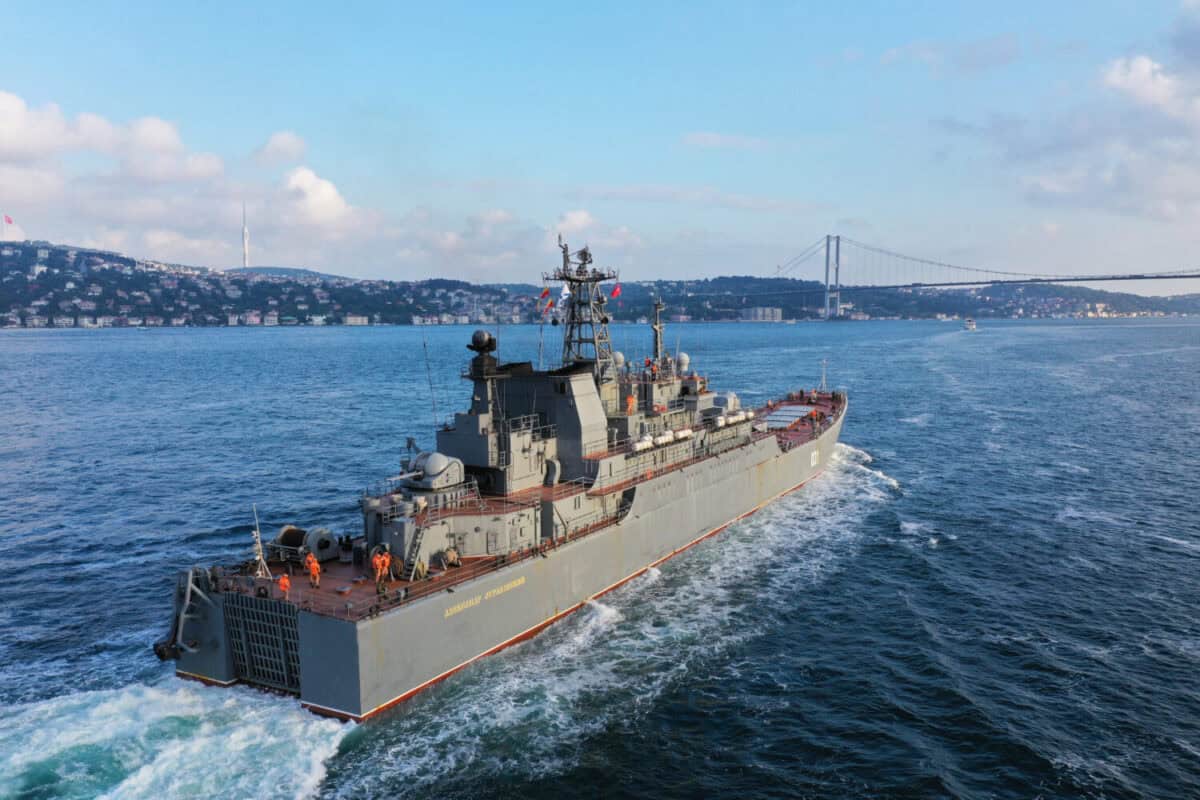
©Archaeonavall/Shutterstock.com
With Kendall agreeing to this offer, Pepsi now owned 17 submarines, 3 warships, and multiple civilian vessels. While the sale of an old Soviet fleet wouldn’t typically make big waves in the news, it did this time with a household drink name attached.
The story made splashy headlines across the world as many reported that Pepsi was now the owner of the sixth-largest Navy in the world. This meant it had more naval power than countries like Australia and Spain.
No Need for Naval Power
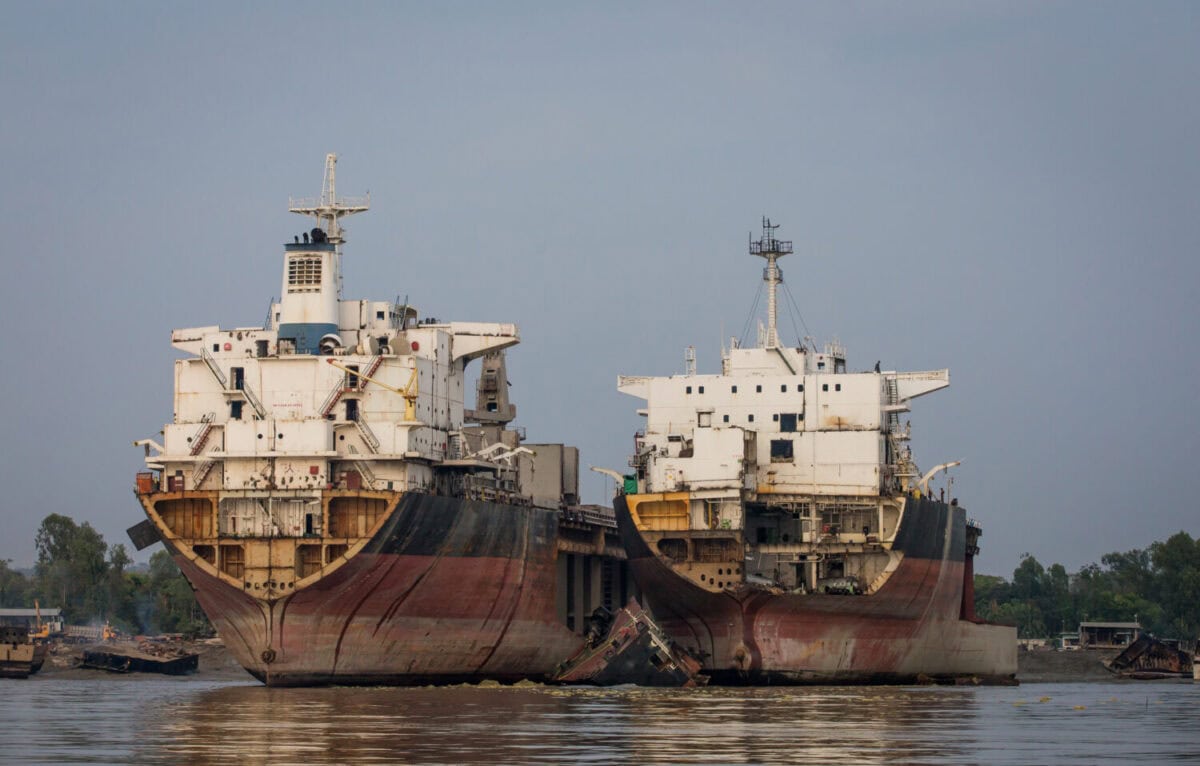
©Katiekk/Shutterstock.com
Of course, Pepsi had no intention of keeping its newfound fleet of ships. More importantly, these ships were retired from active service and needed significant repairs. So, the company had to quickly turn around and find buyers. What Pepsi needed was to find an entity that could purchase the ships for the same dollar amount they sold cases of drinks to the Soviets.
Pepsi Sells Ships
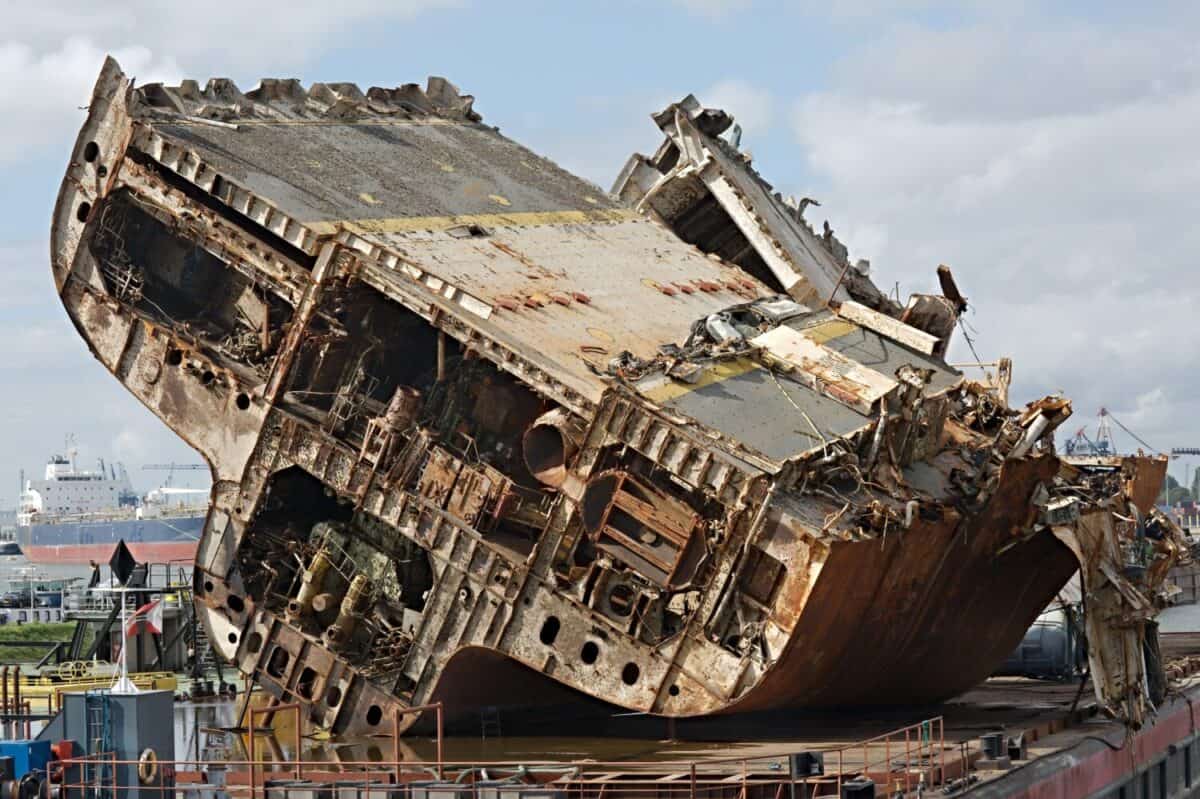
©Peter Gudella/Shutterstock.com
With the ships Pepsi acquired just taking up space in various ports and docks, money was going out faster than it was coming in. The hope was that it could now offload the ships as fast as possible. Ultimately, Pepsi sold the ships to various buyers for scrap metal. Unfortunately, due to their condition, many of the ships were sold for pennies on the dollar.
Lasting Pepsi Legacy
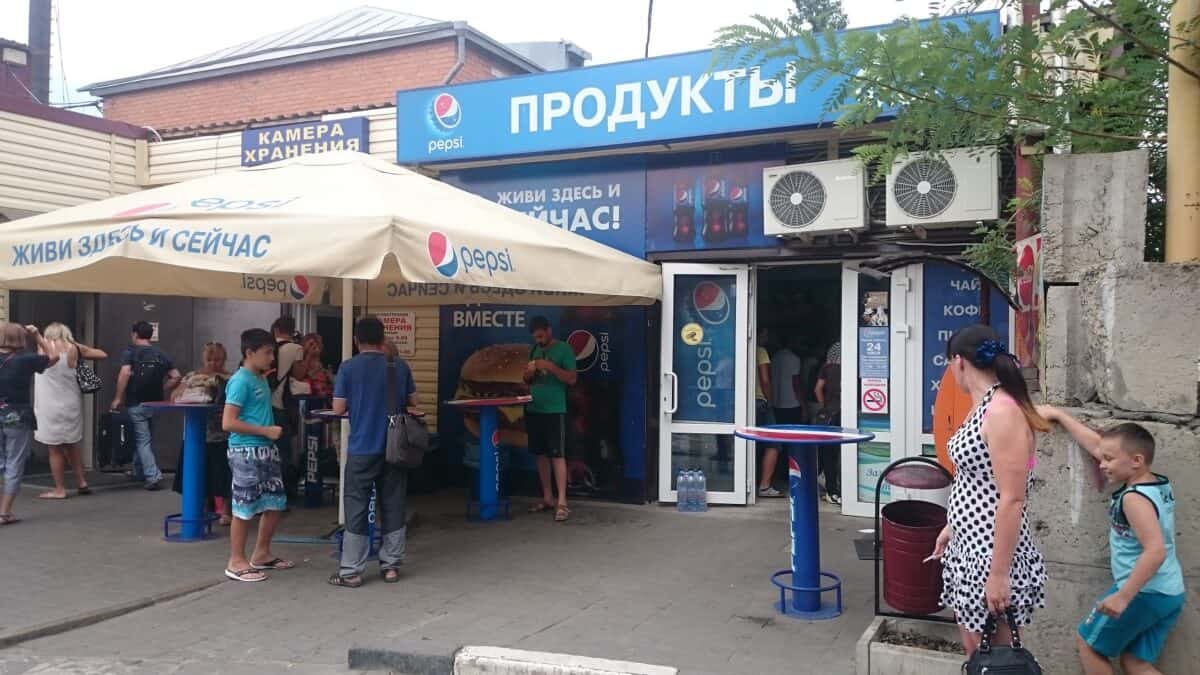
©Дмитрий Cкляренко /Creative Commons Attribution 3.0 Unported license - Original / License
While the reality is that Pepsi was never really a military power, it is a case study in international politics. There is no question this was an unusual deal and it will go down as one of the more bizarre global transactions during the Cold War. On the other hand, it also showed the power of international business and how two parties can cast aside ideological differences for mutual benefit.
The image featured at the top of this post is ©Mike Mozart / Flickr.
